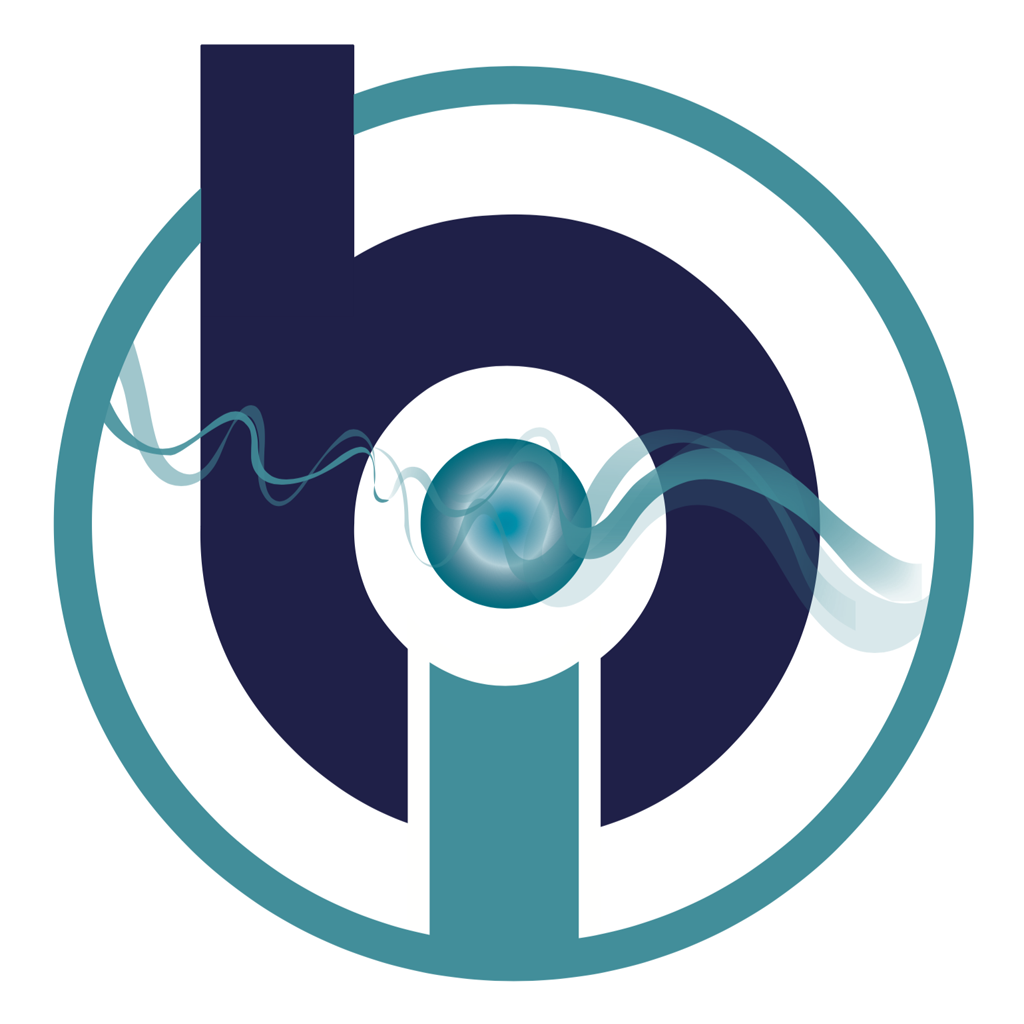Headaches are a particular disorder that is very common amongst the entire worldwide population. It is also the most common health concern that affects the human body’s nervous system. A headache can occur at any time and it can affect any person, regardless of their age. According to WHO.int, more than 50% of all people experience a headache at least once a year. They also report that at least 30% of these individuals have experienced a migraine, which is a type of headache that causes severe pain and may also lead to the development of additional symptoms. Furthermore, up to 4% of the global population experiences headaches during the majority of every month.
Even though headaches are such a common nervous system disorder, experienced by quite a large number of people, they are still not effectively treated and people often fail to realize how much of an impact a headache can have on their lives.
Headache Types
Knowing that there are different types of headaches is important since certain types are often treated in a different way than others. To better understand headaches, let’s take a look at the primary types of headaches that are most common amongst the general population.
- Tension-Type Headache – A tension-type headache is the most common type of headache experienced by the general population. These headaches are not the result of injury to the head and are not caused by physical disorders. They usually cause a pressurized feeling in the front parts of the head, as well as the face and neck. They can also cause the scalp to become tender.
- Cluster Headache – A cluster headache is much more uncommon than a tension-type headache and tends to affect men more than women. These headaches tend to return frequently. A lot of people tend to experience them several times in a single day. They can be brief, but, at the same time, very sore.
- Migraine – Migraines are a severe type of a headache that tends to affect people between the ages of 35 and 45 mostly, but can occur at puberty as well. This type of headache affects double the amount of women than men, and is often caused by hormones in the female body. Many people who experience migraines experience them during their entire lifespan. A migraine attack can also cause nausea and the pain can last up to three days.
There are many other types of headaches that a person can suffer from, but the ones we have listed above are the most commonly experienced headaches.
Headache Causes
Quite a large number of factors can contribute towards a headache, from a simple lifestyle factor like stress to a more serious condition like a head injury. According to Medical News Today, primary headaches are caused by overactivity of certain structures that are pain-sensitive within the head. Nerves, muscles and blood vessels may be overworked, which leads to the development of painful sensations. Another common cause includes changes in the activity of certain chemicals found in the brain.
Conventional Treatment Options For Headaches
Before a headache can be treated effectively, it is important to consider the type of headache a patient is suffering from. A mild headache can usually be treated with some common types of painkillers, but a more severe headache, like a migraine, might require a stronger type of painkiller. WebMD explains that common medications used to treat headaches include Tylenol, Aspirin, Ibuprofen, Ketoprofen, Naproxen and Diclofenac. Unfortunately, side-effects like constipation, heartburn, an upset stomach, drowsiness, vision problems and nausea may develop when some of these medications is used to treat a headache.
Bioresonance Therapy And Headaches
The side-effects associated with conventional treatment options often makes people look for alternative ways to reduce the severity and frequency of headaches. Bioresonance has now been proven to be one of the more effective alternative options for headaches, mostly for the reason that it does not directly treat the headaches, but rather considers what may be causing the headaches and then targets these specific underlying causes.
When Bioresonance is utilized, an energy diagnosis will be carried out first, which will help the medical professional determine what potential issues may be causing the person to experience headaches. Thereafter, appropriate therapy measurements can be programmed into the bioresonance device to treat these factors, which then assists with reducing the frequency at which the patient experiences headaches, and reduces the severity of future headaches, should they be experienced again.
Conclusion
Headaches can range from mild painful sensations to severe symptoms that may even lead to disability and days off work. There are different types of headaches, and knowing which one you are suffering from will help you better determine the most appropriate approach to treating the headache. While conventional treatments like paracetamol and other medication might be effective at relieving headaches, they may cause side-effects. Bioresonance therapy is an effective alternative solution that targets the underlying problems that are causing the headaches to occur instead and does not cause any of the potential side-effects that may be caused by conventional treatment options.



